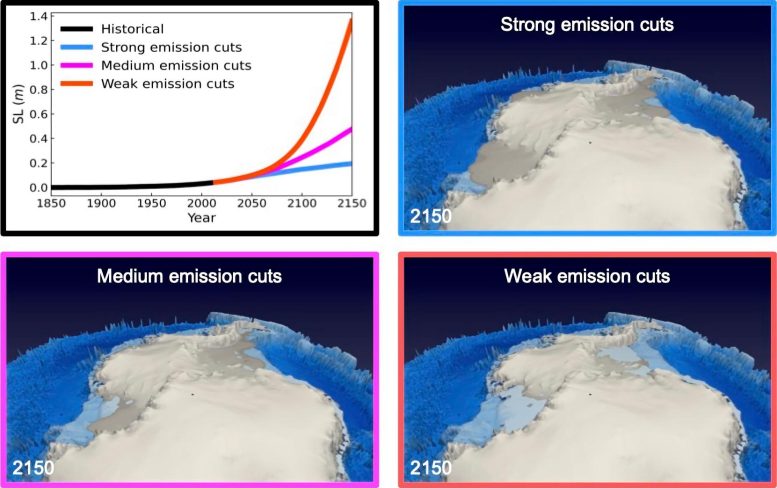
Sea level rise contributions from the Antarctic and Greenland ice sheets, and maps of projected 2150 CE Antarctic ice sheet surface elevation following different greenhouse gas emission scenarios (SSP1-1.9, strong emission cuts; SSP2-4.5, medium emission cuts; SSP5-8.5, weak emission cuts). Credit: Institute for Basic Science Jun-Young Park
A study published in Nature Communications today (February 14) by an international team of scientists shows that an irreversible loss of the West Antarctic and Greenland ice sheets, and a corresponding rapid acceleration of sea level rise, may be imminent if global temperature change cannot be stabilized below 1.8°C, relative to the preindustrial levels.
Coastal populations worldwide are already bracing for rising seas. However, planning for counter-measures to prevent inundation and other damages has been extremely difficult since the latest climate model projections presented in the 6th assessment report of the Intergovernmental Panel on Climate Change (IPCC) do not agree on how quickly the major ice sheets will respond to global warming.
Melting ice sheets are potentially the largest contributor to sea level change, and historically the hardest to predict because the physics governing their behavior is notoriously complex. “Moreover, computer models that simulate the dynamics of the ice sheets in Greenland and Antarctica often do not account for the fact that ice sheet melting will affect ocean processes, which, in turn, can feed back onto the ice sheet and the atmosphere,” says Jun Young Park, PhD student at the IBS Center for Climate Physics and Pusan National University, Busan, South Korea and first author of the study.
Using a new computer model, which captures for the first time the coupling between ice sheets, icebergs, ocean, and atmosphere, the team of climate researchers found that an ice sheet/sea level run-away effect can be prevented only if the world reaches net zero carbon emissions before 2060.
“If we miss this emission goal, the ice sheets will disintegrate and melt at an accelerated pace, according to our calculations. If we don’t take any action, retreating ice sheets would continue to increase sea level by at least 100 cm within the next 130 years. This would be on top of other contributions, such as the thermal expansion of ocean water” says Prof. Axel Timmermann, co-author of the study and Director of the IBS Center for Climate Physics.
Ice sheets respond to atmospheric and oceanic warming in delayed and often unpredictable ways. Previously, scientists have highlighted the importance of subsurface ocean melting as a key process, which can trigger runaway effects in the major marine-based ice sheets in Antarctica. “However, according to our supercomputer simulations, the effectiveness of these processes may have been overestimated in recent studies,” says Prof. June Yi Lee from the IBS Center for Climate Physics and Pusan National University and co-author of the study. “We see that sea ice and atmospheric circulation changes around Antarctica also play a crucial role in controlling the amount of ice sheet melting with repercussions for global sea level projections,” she adds.
The study highlights the need to develop more complex earth system models, which capture the different climate components, as well as their interactions. Furthermore, new observational programs are needed to constrain the representation of physical processes in earth system models, particularly from highly active regions, such as Pine Island glacier in Antarctica.
“One of the key challenges in simulating ice sheets is that even small-scale processes can play a crucial role in the large-scale response of an ice sheet and for the corresponding sea-level projections. Not only do we have to include the coupling of all components, as we did in our current study, but we also need to simulate the dynamics at the highest possible spatial resolution using some of the fastest supercomputers,” summarizes Axel Timmermann.
Reference: “Future sea-level projections with a coupled atmosphere-ocean-ice-sheet model” by Jun-Young Park, Fabian Schloesser, Axel Timmermann, Dipayan Choudhury, June-Yi Lee and Arjun Babu Nellikkattil, 14 February 2023, Nature Communications.
DOI: 10.1038/s41467-023-36051-9


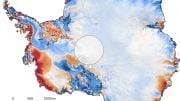
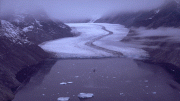
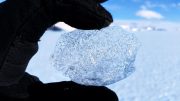
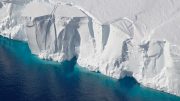
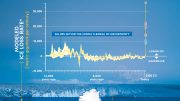
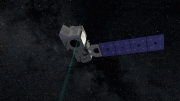
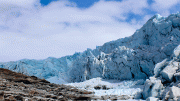
“Ice sheets respond to atmospheric and oceanic warming in delayed and often UNPREDICTABLE ways.”
Does that imply that their predictions are unreliable? Why is Western Antarctica melting, while the eastern side isn’t? Might it have something to do with higher crustal heat flows in Western Antarctica?
…”can be prevented only if the world reaches net zero carbon emissions before 2060.”
That’s not possible because net-zero, by definition, means negative emissions… to take out as much CO2 as has been put in. Last year about 40 billion tons was emitted. And simply lowering emissions takes none out. Time to focus on infrastructures to survive and adapt. Mitigation is hopeless.
All this supercomputer modeling contributes to the problem through increased carbon emissions. Ironic.
Is this from 2006? And how is it going – better or worse. Better for sure but the fear sure gets more money no? Everyones got to get paid.
These models also need to couple local geotechnical and hydrogeological processes, given the scale of the anticipated losses.
Just some critical thinking on the topic. https://www.youtube.com/watch?v=fqFPrpN8uBM&t=309s
Models like the one here described are notoriously inaccurate. The saying is “garbage in equals garbage out”. We have had people trying to predict the end of the world for thousands of years and now we have the same thing with people who call themselves scientists. To be a true scientists, you have to look for truth without a biased agenda.
As a modeller, my only agenda is to come home to my family every night, and to put food on the table (so to speak). What bias do you think I would put into one of my models? What bias could possibly lead to conspiracies such as yours? Garbage in / garbage out holds truth, but any respectable modeller anywhere also accounts for uncertainties that the garbage (assumptions) leave.
Most scientists or academics working on the problem of climate change are doing so for the sake of science for knowledge, rather than the science of a better selling frying pan. One day those in the world that think along the same lines as yourself will realise this, as they swim to work perhaps, or whatever is left to take up their days.
Hopefully there will be a mechanism at this point in time that helps conspiracy theorists and other unproductive types to better think critically and not so readily take up the rhetoric of politicians, the chronically uninformed, and other oxygen thieves that may remain in society as well.
The reason why truly stupid idiots are plaguing this site and especially any of the articles on climate change, climate science and climate predictions is to distract readers from awareness of the significant dangers now unfolding. The usual suspects are always present, probably wrong and always seeking to muck up the so-called ‘debate’. Ignore them all. They offer nothing but idiocy and distraction. The unfolding reality refutes their rampant stupidity and words of denial – and always will because their so-called ‘science’ is complete garbage. Look to reality, what is actually happening, not their phony pretentiousness and bogus claims.
I can hardly wait for more CO2. I will be tickled pink when the coasts are underwater and the earth is lush and green producing even more food with less water.